Bach Hac village used to belong to Phong Chau land, which was the place to guard the East of the capital of Van Lang country during the Hung King period and the charming river area, where people, water, energy and virtue gather. In particular, this place also has 6 valuable historical and cultural relics, 1 relic site ranked as a national historical relic, 5 relic sites ranked as provincial historical relics; Nga Ba Hac area also has the famous specialty of Anh Vu fish, extremely rare, used to pay tribute to the king, which can develop spiritual tourism and culinary culture.
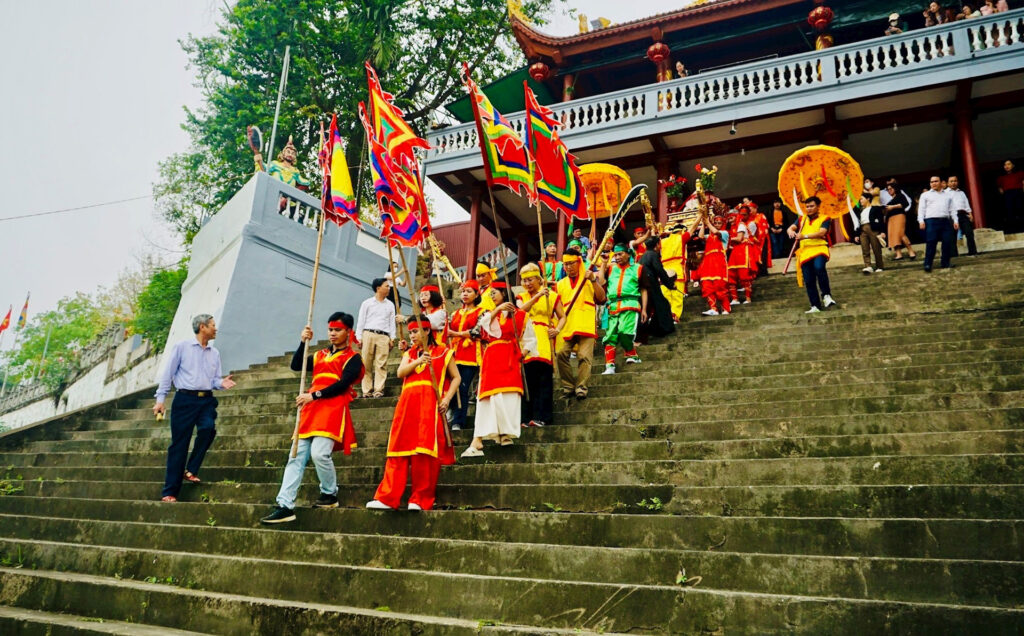
Tourists participate in the Bach Hac water procession experience. Photo: Phuong Cao
Since ancient times, Bach Hac has been considered a sacred and magical land that has entered the poetry, music, painting of the Six Ministries of the Ministry of Justice, Doctor Nguyen Ba Lan, who is considered one of the "An Nam Tu Dai Tai" meaning the four most talented poets in the country, once wrote about Bach Hac with famous poems and verses such as:
How beautiful is the Crane fork/How strange is the Crane fork/A stream meets below/A stream divides above into three branches
The nooks and crannies are immeasurable in width and narrowness/the green stream and the peach stream/the wandering path is easy to know the shallow and deep/
black water mixed with silver water…
Bach Hac is also known for its rich system of relics and festivals: Tam Giang Temple, Dai Bi Pagoda, the river swimming festival, the fish catching festival and the rice cooking competition. Tam Giang Temple is located at the confluence of the three rivers Thao Giang, Da Giang and Lo Giang with a view to worship the legendary historical figure of the Hung King period: Vu Phu Trung Duc Uy Hien Vuong - whose real name is Tho Lenh. This place also worships the historical figure of the Tran Dynasty, Chieu Van Vuong Tran Nhat Duat and worships the Mother Goddess. The Mother Goddess worship originates from the worship of the Mother Goddess of the Three Palaces, a very ancient primitive belief considered the indigenous religion of the Vietnamese people, worshiping natural goddesses: Mother Thoai - governing rivers and waters, Mother Thuong Ngan - governing mountains and forests, Mother Thuong Thien - governing the sky.
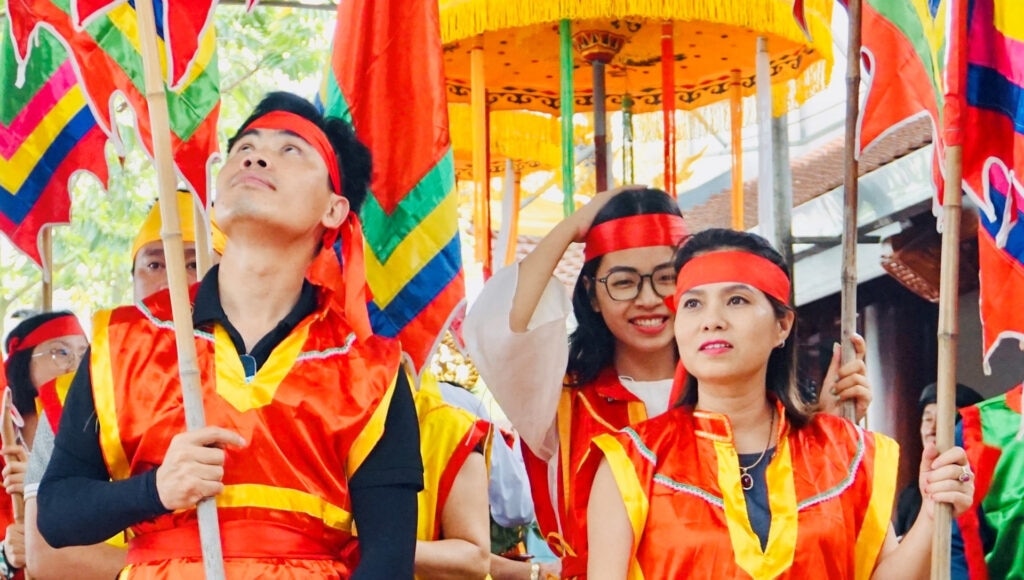
The procession recreates the Bach Hac water procession ritual. Photo: Phuong Cao
The architectural plan of Tam Giang Temple includes: Nghi Mon Gate, Temple, Tran Nhat Duat Statue and Mother Temple. The temple gate has a Nghi Mon - Four Pillar structure. The temple has a Dinh-shaped architectural structure, including 2 buildings: Tien Te and Hau Sanh, a house with 4 curved roofs. Tam Giang Temple still preserves many valuable historical, cultural and aesthetic antiques such as: Stone stele "Hau Than Bia Ky" (Gia Long era 17th year - 1818); bronze bell "Thong Thanh Quan Chung Ky" (Minh Mang era 11th year - 1830) with the bell inscription recording the history of Thong Thanh temple. In particular, related to Tam Giang Temple, there are two valuable historical documents: 02 Thac Ban bells: "Thong Thanh Quan" (Dai Khanh era 8th year - 1321, Tran Minh Tong reign) and "Phung Thai Thanh Tu" (Gia Long era 17th year - 1818). This is a valuable source of historical data that helps scientists research and understand many aspects of the economy, culture and society of the Tran Dynasty.
Dai Bi Pagoda is a religious architectural work worshiping Buddha according to the Mahayana Buddhism in the North, currently has Tam Bao building and stele house. The pagoda is not only a place for monks to practice and Buddhist followers to worship, but also one of the places for cultural activities through many generations. According to history books, Dai Bi Pagoda was built in the 19th century, has been renovated many times. The largest renovation in 2000 created the appearance of the pagoda as it is today with the prototype from ancient pagodas of Vietnam such as curved banks, eight roofs with high dragon-carved eaves.
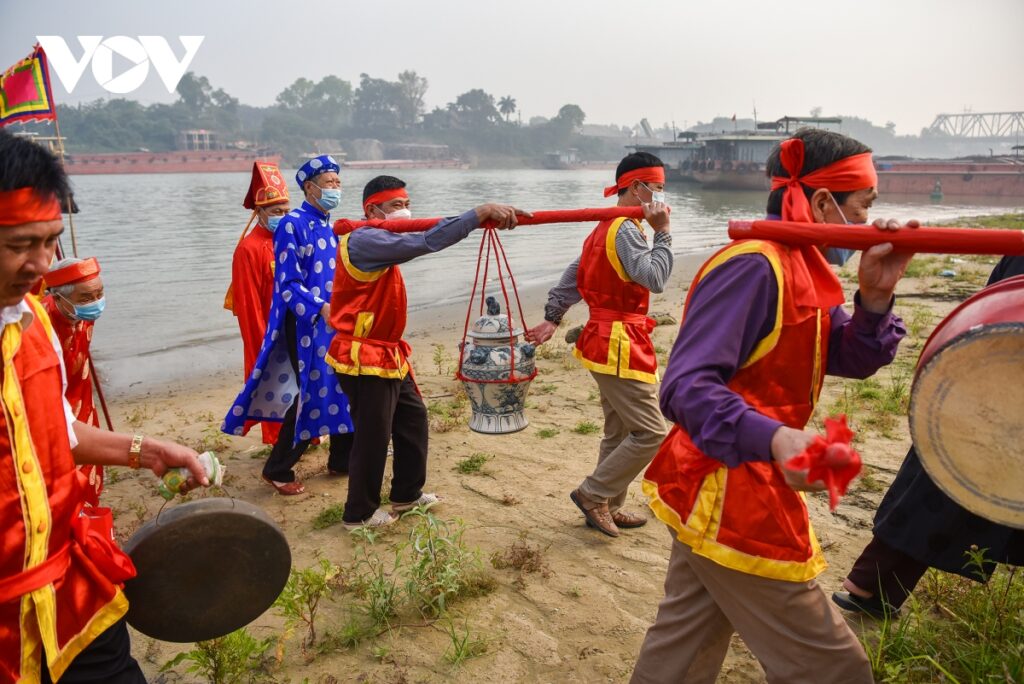
The procession carried the sacred water jar to Tam Giang temple to perform the ceremony.
With unique historical, architectural and artistic values, the Tam Giang Temple - Dai Bi Pagoda relic complex was ranked as a National Architectural and Artistic Relic by the Ministry of Culture, Sports and Tourism in June 2010. This place is not only a religious center of a large area but also the place where one of the most typical festivals of the Ancestral Land takes place. These are the famous Bach Hac swimming competition, the fishing festival, the rice cooking competition...
Besides, the Bach Hac swimming festival is held annually to recall the story of the God Tho Lenh sending Tan Vien back to Tan mountain when he visited Bach Hac, and at the same time to review the spirit of Chieu Van Vuong Tran Nhat Duat's military training. The festival lasts for 3 days: The first day of swimming to check the plan; the second day, the troops bring the palanquin down to the plan to swim to the Red River to welcome the gods back; the third day of swimming to compete between the troops; each unit races a boat, the boat design is completely the same, only the color is different.
The Tam Giang Temple Festival is associated with the worship of the Tho Lenh God and General Tran Nhat Duat, who once stationed and trained the navy at Nga Ba Hac to fight the Yuan army in early 1258. Therefore, every year there are many ceremonies and folk games associated with the legends of the gods worshiped at Tam Giang Temple, typically the robbery festival, also known as the nail-seeking festival, and the rice cooking competition.
With the ritual of the robbers' festival, we can understand this as a ritual with the meaning of praying for children, or praying for "People's health and prosperity, children's wealth and prosperity" and also a form of entertainment typical of the land of Hung Kings.
Cooking competition is a party associated with the feast of Tran Nhat Duat's army after the victory over the Yuan army at Tam Giang Bach Hac town. This is a competition for fast cooking of rice by skillful, collective, team spirit, requiring high technique, intelligence, and creativity. It is necessary to grind rice, create fire on the spot, combine the "backstage" team with the group of people on the spot to create a tray of rice wine, field food that ensures the standards: sticky rice cooked just right, delicious food, beautifully presented.
Coming to Phu Tho, if tourists only visit Hung Temple, Au Co Temple but not Bach Hac, it cannot be considered that they have completed their pilgrimage to the land of the ancestors. Tourists from near and far should once visit Bach Hac, only about 12 km from Hung Temple, to better understand the history of the nation, participate in folk games, relics and scenic spots, and competitions such as catching con, cooking competition, digging for a brush... This is also a place to educate today's young generation to understand and appreciate the values of history, the sacrifices of the saints so that we can have a peaceful, prosperous and happy life./.
Wang Xiu


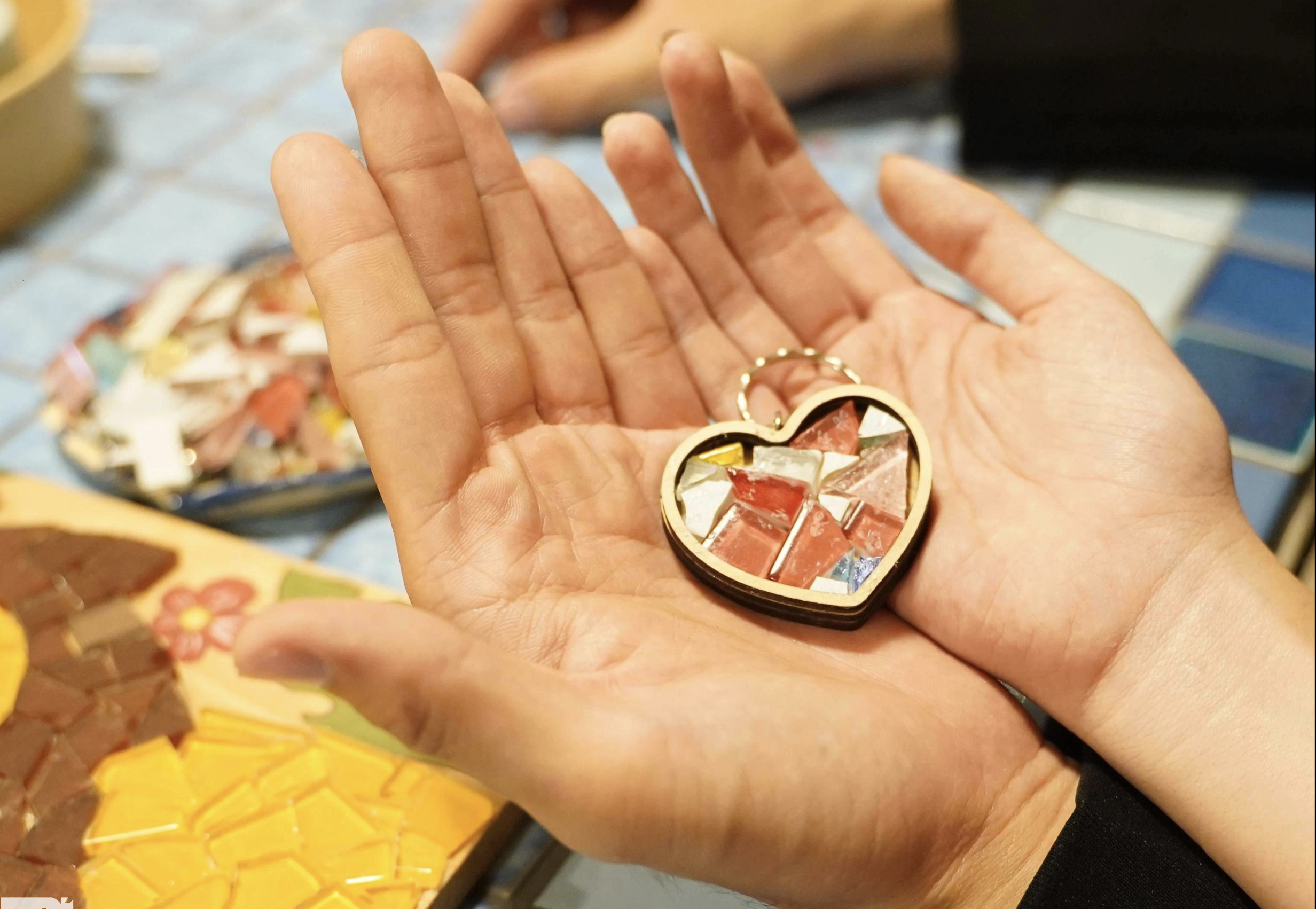


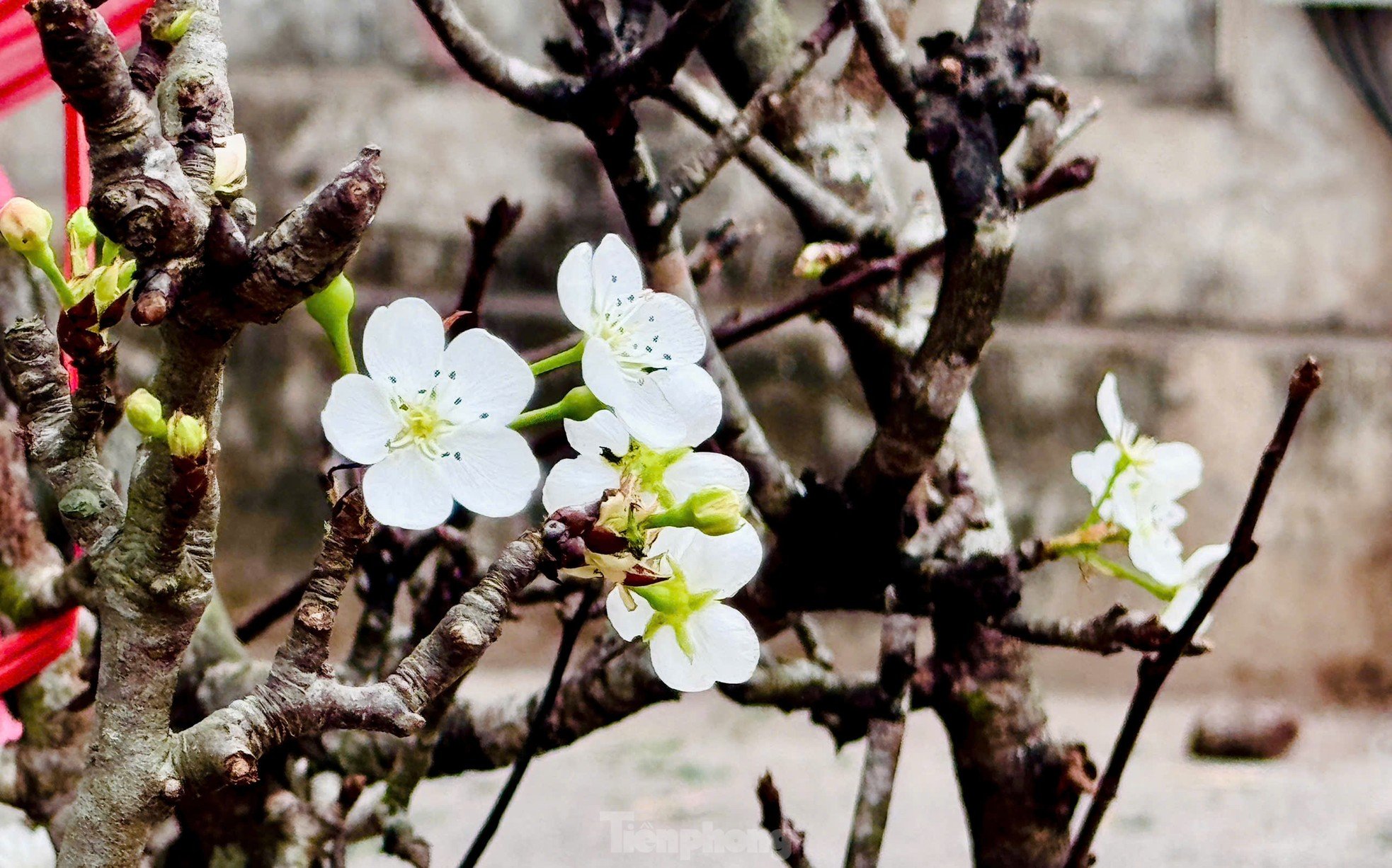
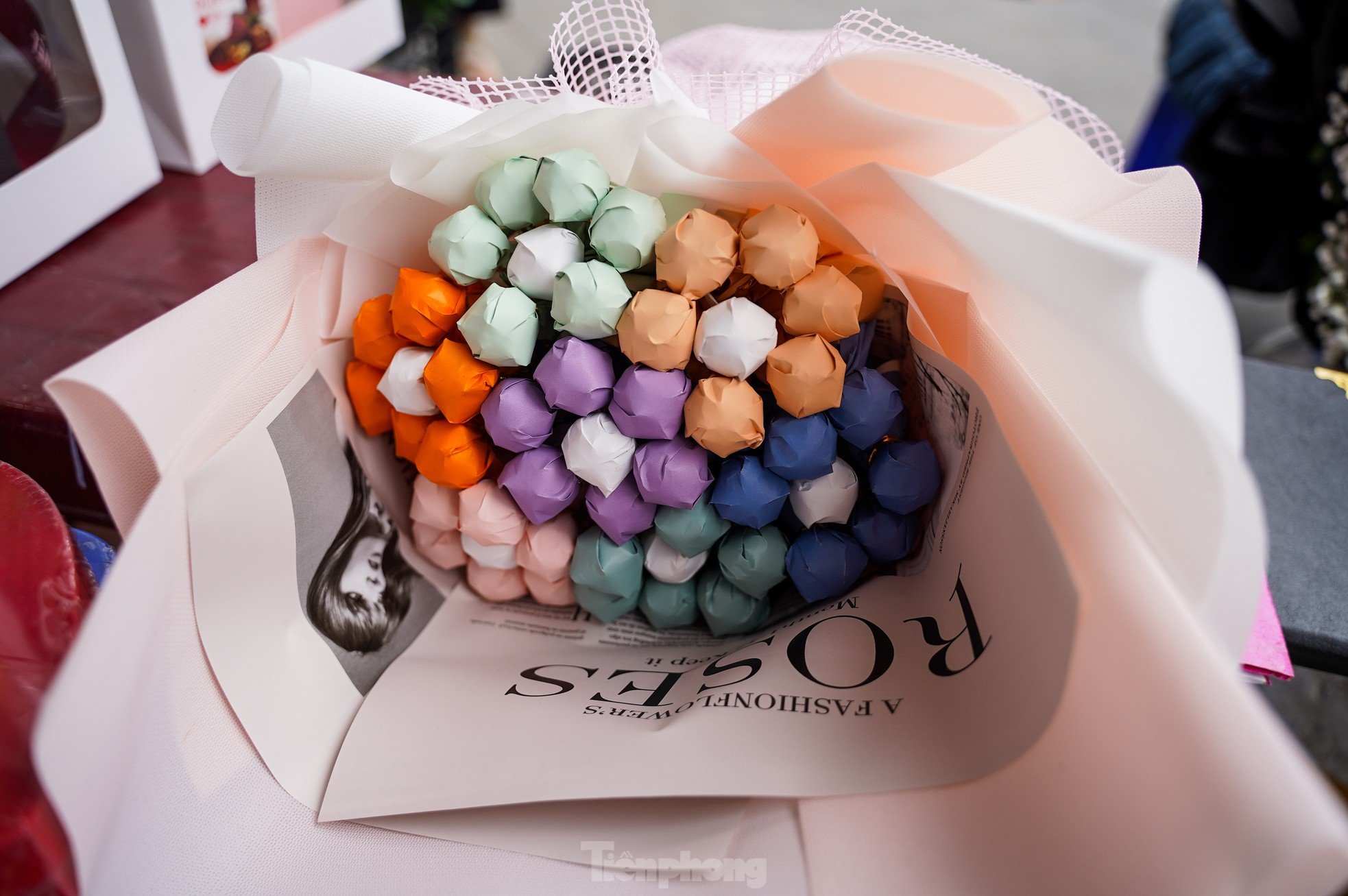
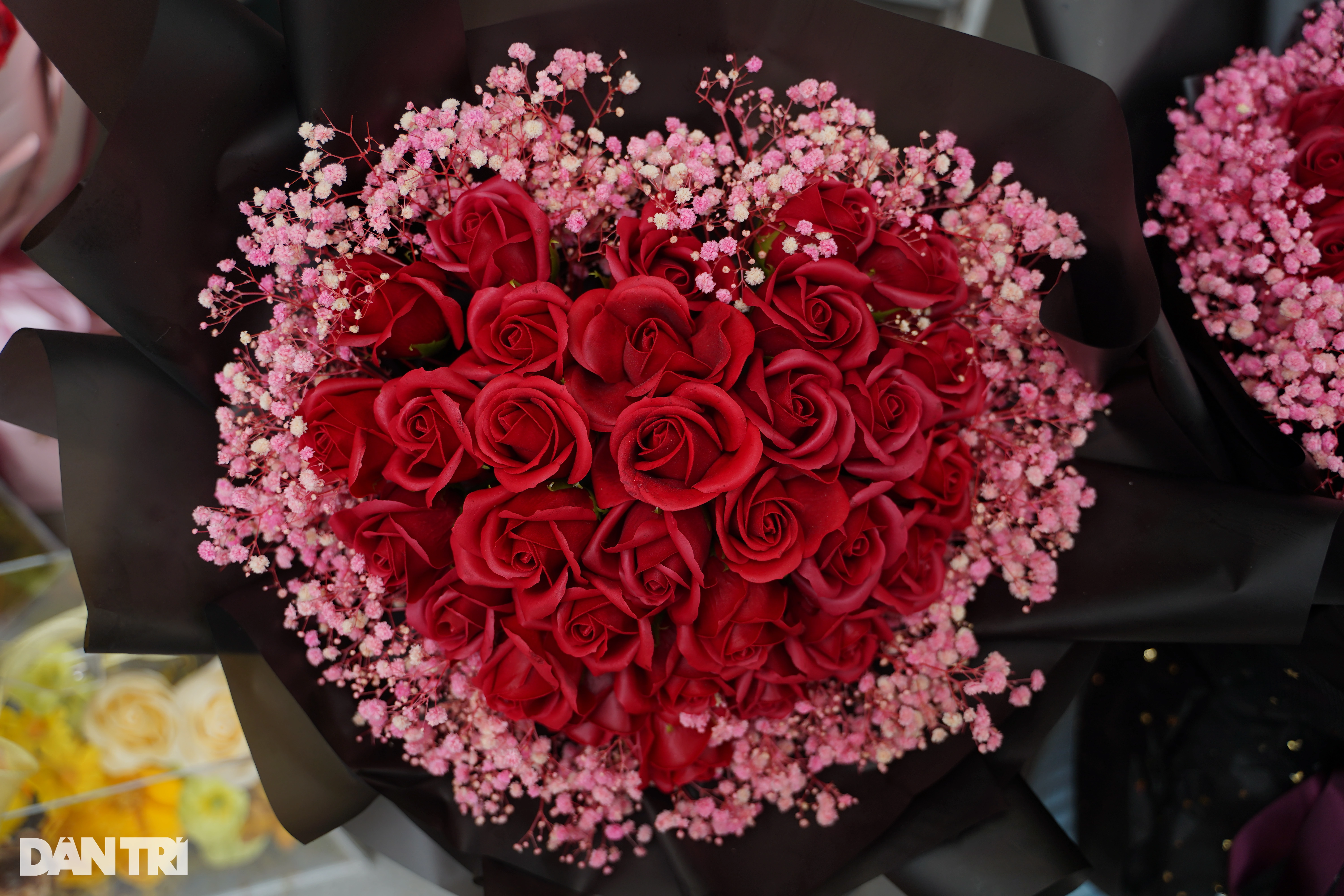


























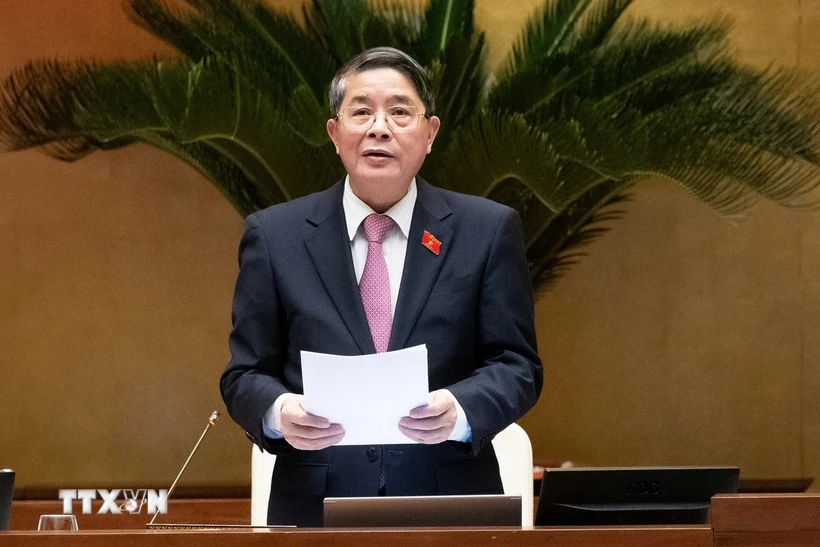

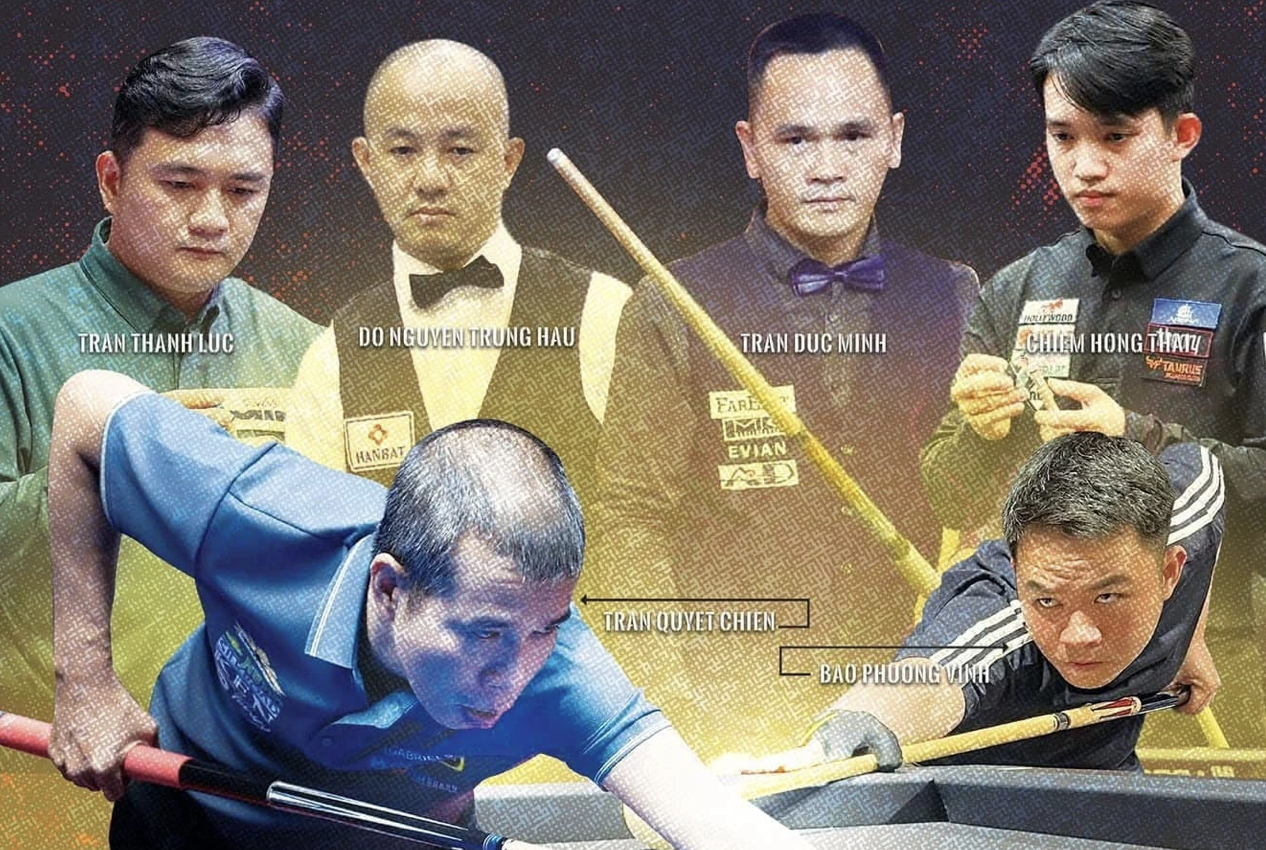




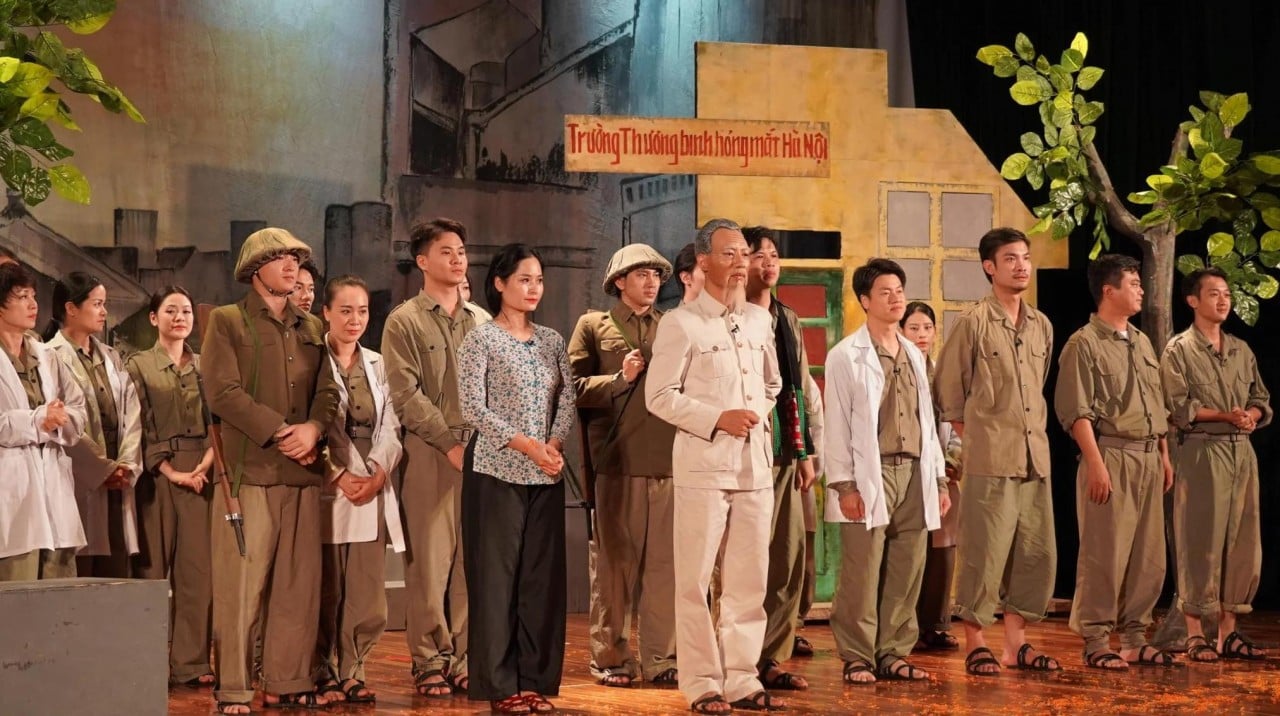
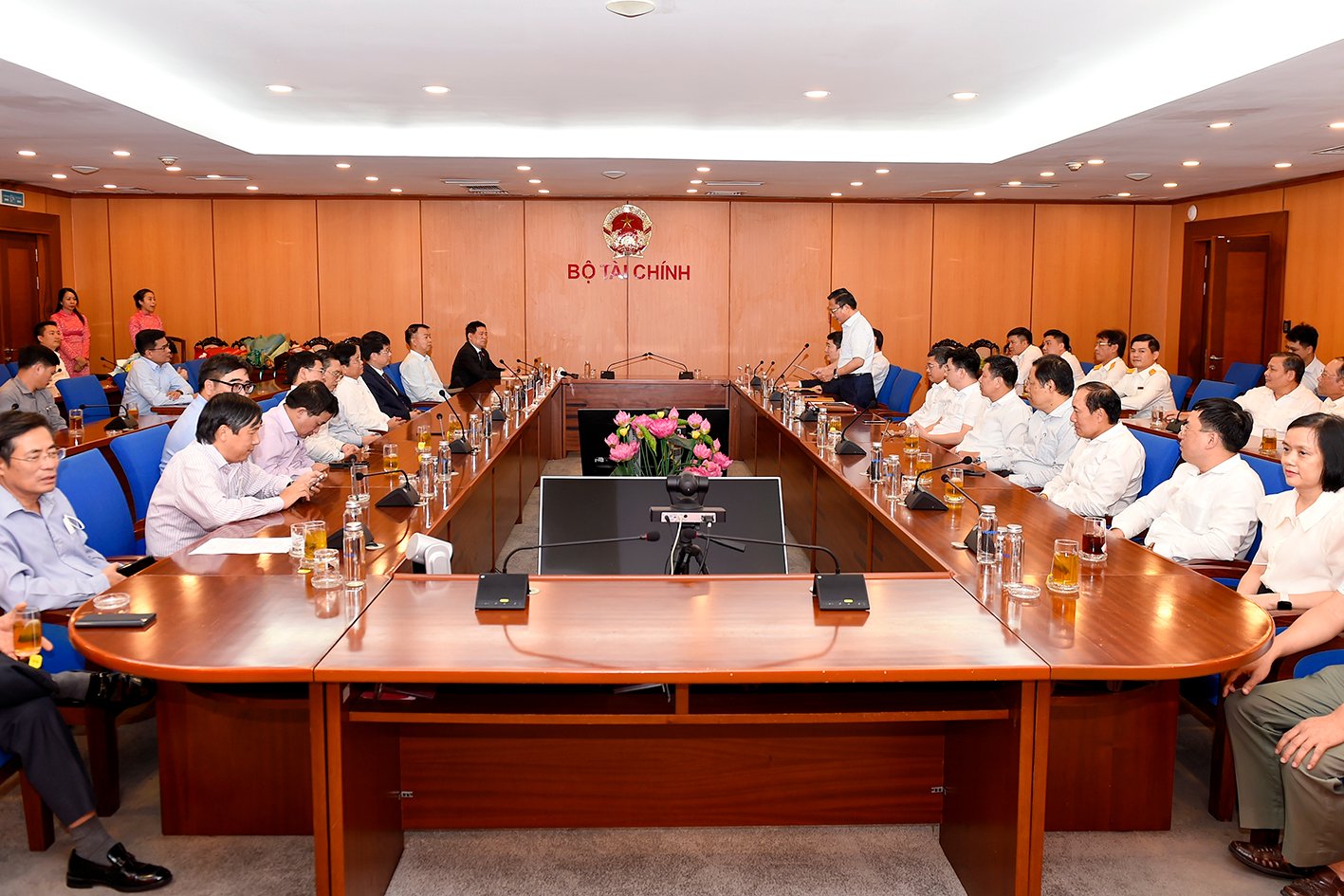







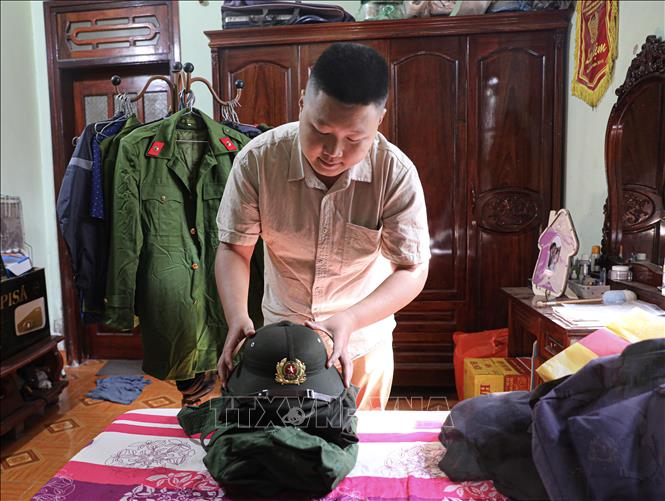
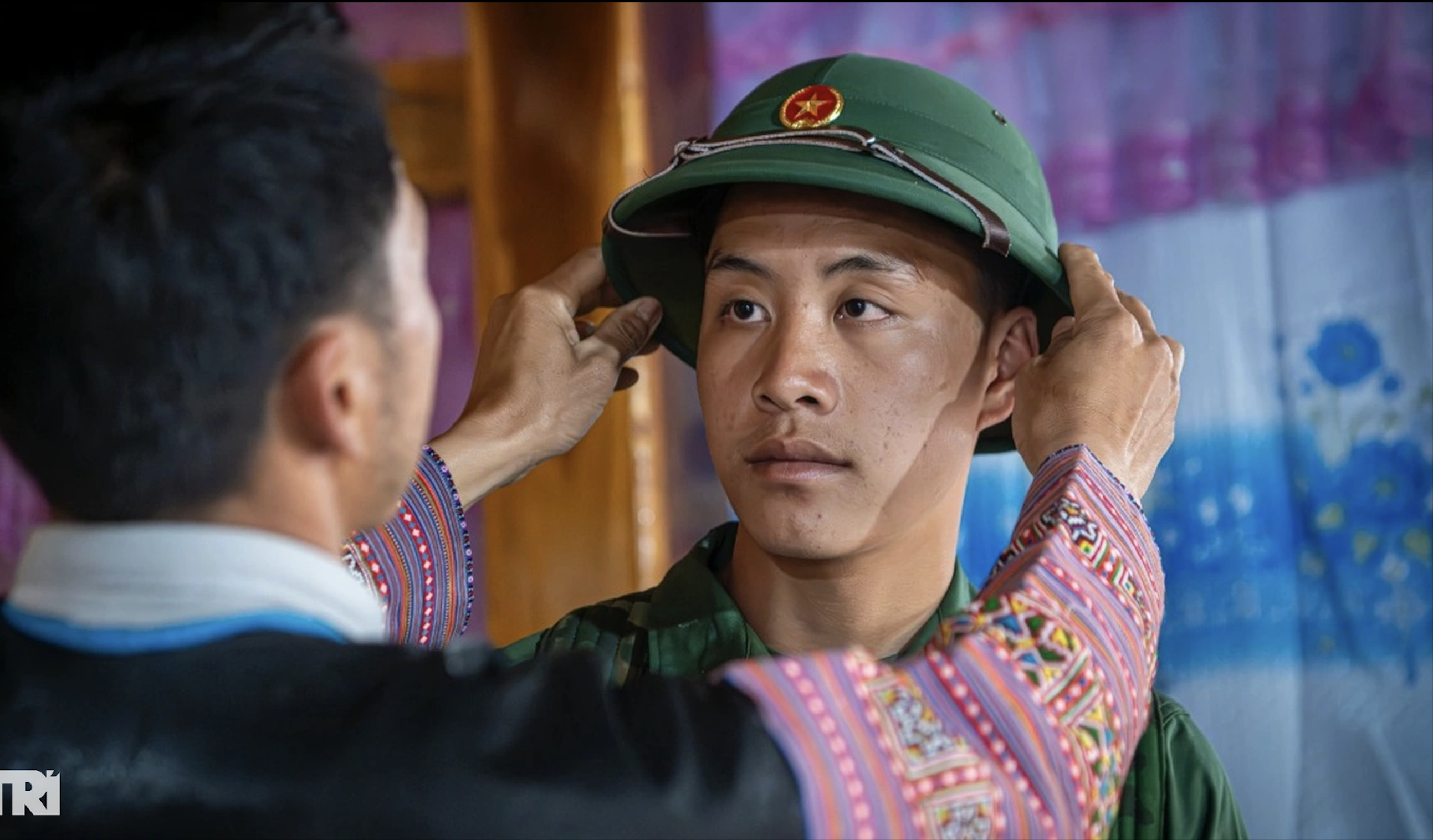
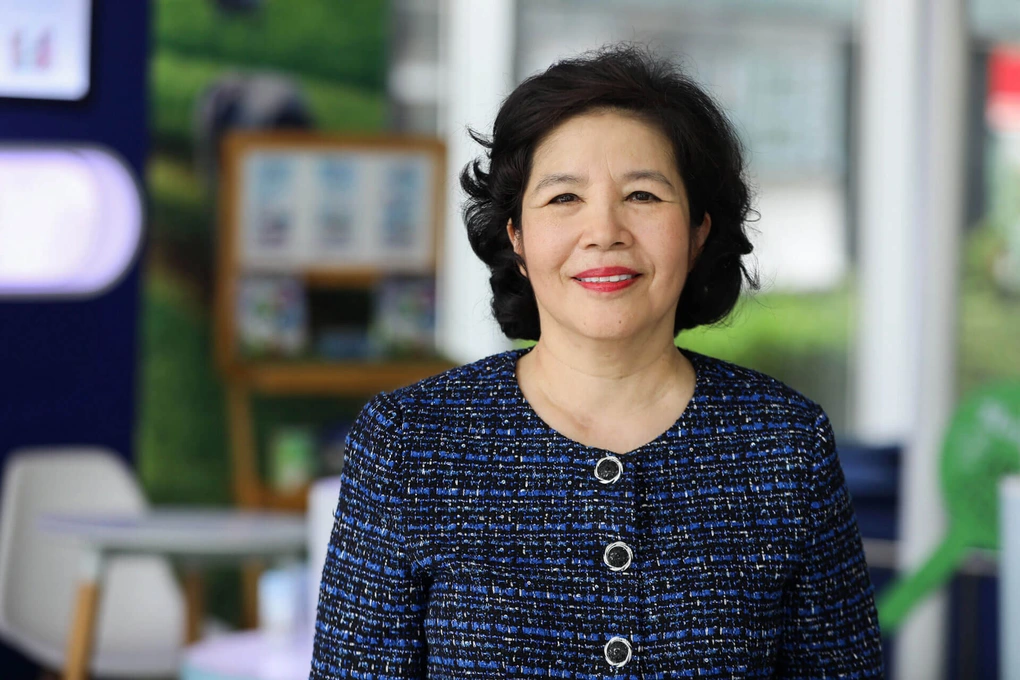




Comment (0)